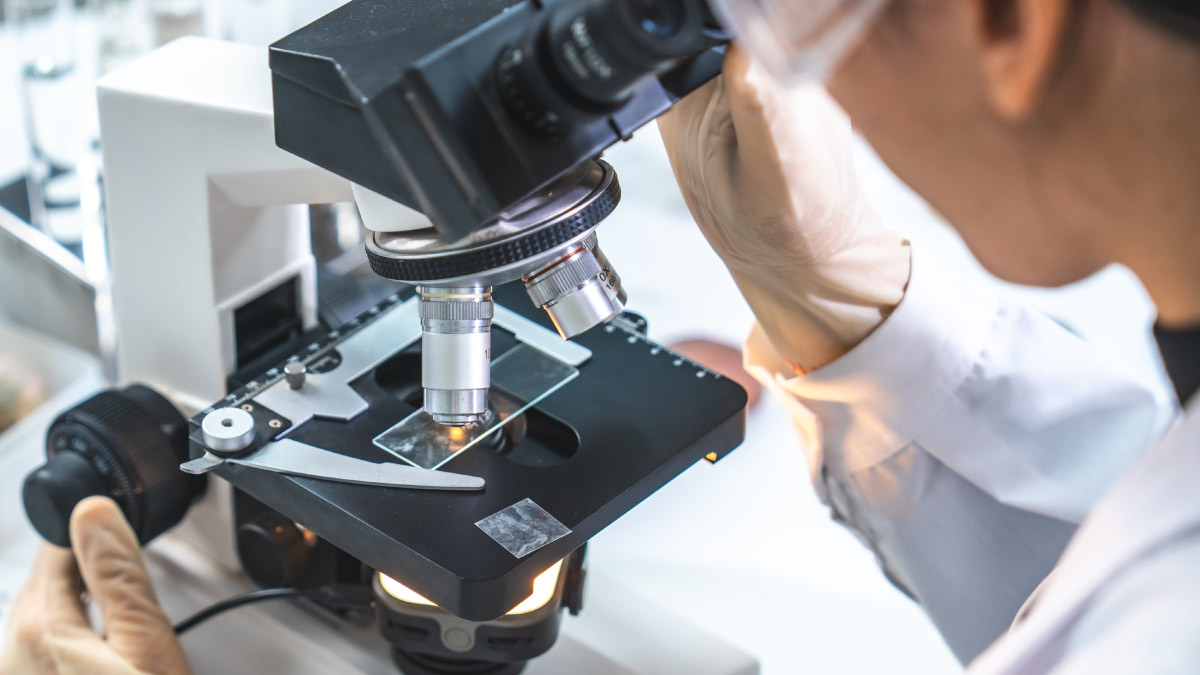
Software as a Medical Device (SaMD) is a groundbreaking advancement in the healthcare industry, transforming the way medical care is delivered and managed. First developed in its earliest forms in the 1980s, this category of software operates independently to perform medical functions from diagnostics, patient monitoring, and image processors to artificial intelligence (AI) and deep learning neural networks implemented in active devices.
SaMD has significant implications for the medical industry for both patients, medical device manufacturers, and regulators. In this post, we will explore the fundamentals of SaMD, discuss regulatory guidance both in the US and the EU, and examine the opportunities and challenges associated with this technology. Whether you’re a healthcare professional, a software developer, or simply curious about the intersection of technology and medicine, this guide will provide valuable insights into this innovative field.
What is Software as a Medical Device (SaMD)?
Software as a Medical Device (SaMD) refers to software that is designed to perform medical functions as a stand-alone medical device, i.e., without being part of a hardware medical device. Unlike traditional medical devices that include both hardware and software, SaMD exists solely as software. It operates independently and performs functions such as diagnosing, preventing, monitoring, or treating diseases.

Source: Infographic from the European Commission.
How Medical Device Software Works
Medical device software performs various functions from simple to complex. For example, a SaMD might analyze data to provide diagnostic recommendations or manage patient treatment regimens. It relies on algorithms and data processing to execute medical tasks, making it an integral part of digital health solutions.
Examples of SaMD include:
- Diagnostic apps: software that analyzes medical images or patient data to assist in diagnosis, such as radiology apps that analyze digital medical images and offer insights into potential diseases.
- Decision support systems: tools that help healthcare professionals make clinical decisions based on data analysis, such as systems that analyze patient data (weight, previous clinical history, lab results, age, etc.) to optimize treatment planning and drug management.
- Patient monitoring apps: applications that track patient health metrics and alert users or healthcare providers of significant changes, such as apps used for long-distance patient monitoring and telemedicine.
.png?width=790&height=1230&name=Different-applications-of-Software-as-a-Medical-Device-(SaMD).png)
In contrast, software that is embedded in a hardware medical device (e.g., software in a heart monitor) is not classified as SaMD, but rather as part of the medical device itself.
Regulatory Guidance on Software as a Medical Device
US Regulations
In the United States, the Food and Drug Administration (FDA) oversees SaMD regulations. The FDA’s approach to SaMD is governed by a set of guidelines designed to ensure safety and effectiveness. These guidelines are very similar to those for hardware medical devices and include:
- Risk Classification: The FDA classifies SaMD into three categories based on risk—Class I (low risk), Class II (moderate risk), and Class III (high risk). Each classification comes with different regulatory requirements.
- Pre-Market Approval: Depending on the classification, SaMD may require pre-market approval or clearance. High-risk SaMD (Class III) typically requires a more rigorous pre-market approval process compared to lower-risk categories.
- FDA Guidance: The FDA provides detailed guidance on SaMD through documents such as the "Software as a Medical Device (SaMD): Clinical Evaluation" and other resources available on their Digital Health Center of Excellence website.
EU Regulations
In the European Union, SaMD regulations are governed by the Medical Device Regulation (MDR, 2017/745) and In Vitro Diagnostic Regulation (IVDR, 2017/746). Key points include:
- Risk-Based Classification: Like the FDA, the EU classifies SaMD into categories based on risk. The classification impacts the regulatory pathway, including the need for CE marking.
- CE Marking: SaMD must obtain a CE mark before being marketed in the EU. This process involves demonstrating compliance with MDR/IVDR requirements and undergoing an assessment by a Notified Body.
- Guidance and Standards: The EU provides guidelines and standards for SaMD, which are available through resources such as the European Commission’s website.
Recommended learning: Step 8! Click here to download the quality plan template for medical devices.
Opportunities and Challenges of Software as a Medical Device
Opportunities
- AI & machine learning: SaMD is powered by artificial intelligence (AI) and machine learning has the potential to revolutionize healthcare. SaMD can enhance diagnostic accuracy, predict patient outcomes, and personalize treatment plans.
- Improved patient engagement: SaMD enables patients to actively participate in managing their health through mobile health apps and wearable devices.
- Regulatory advancements: the FDA and other regulatory bodies are continually updating their guidelines to accommodate advancements in technology, which can lead to faster approval processes and more innovation in the SaMD space.
Challenges
- Cybersecurity: ensuring the security of patient data is a critical challenge for SaMD. Developers must implement robust cybersecurity measures to protect against data breaches and unauthorized access.
- Patient safety: The accuracy and reliability of SaMD are paramount. Developers need to conduct thorough testing and validation to ensure that their software performs as intended without causing harm.
- Regulatory compliance: Navigating the complex regulatory landscape can be challenging, especially in a technological world developing so quickly. Adhering to both FDA and EU regulations requires a thorough understanding of the applicable standards and continuous monitoring of regulatory changes, as well as a deep understanding of how both older and newer devices can fit into current regulations.
- Technological innovation and development: SaMD is developing at a break-neck speed, which is difficult to keep up with for both regulators and manufacturers. A constant eye on what is happening globally is required to ensure devices are up to speed and in compliance.
Scilife tips
Here are 5 tips that can enhance the development and success of your SaMD:
- Stay updated on regulations: keep abreast of the latest regulatory guidelines from the FDA and EU. This helps ensure that your SaMD remains compliant with current standards.
- Stay updated on your competitors: as well as keeping up on regulations, keeping an eye on your competitors and the market in general can hugely benefit your own device development and help you understand trends and where the industry is heading.
- Invest in cybersecurity: prioritize cybersecurity measures from the outset of development. Regularly update your software to address emerging threats.
- Engage with users early: involve healthcare professionals and patients in the development process to gather feedback and ensure that your SaMD meets their needs effectively.
- Leverage AI and data analytics: explore the potential of AI and data analytics to enhance the functionality and effectiveness of your SaMD. These technologies can provide valuable insights and improve patient outcomes.
Software as a Medical Device (SaMD) is a transformative technology already impacting the healthcare industry. By understanding what SaMD is, navigating the regulatory landscape, and recognizing both the opportunities and challenges, stakeholders can better harness the power of this innovation. As the field of SaMD continues to evolve, staying informed and adaptable will be key to leveraging its benefits while addressing its complexities. The future of healthcare is increasingly digital, and SaMD is at the forefront of this transformation.






